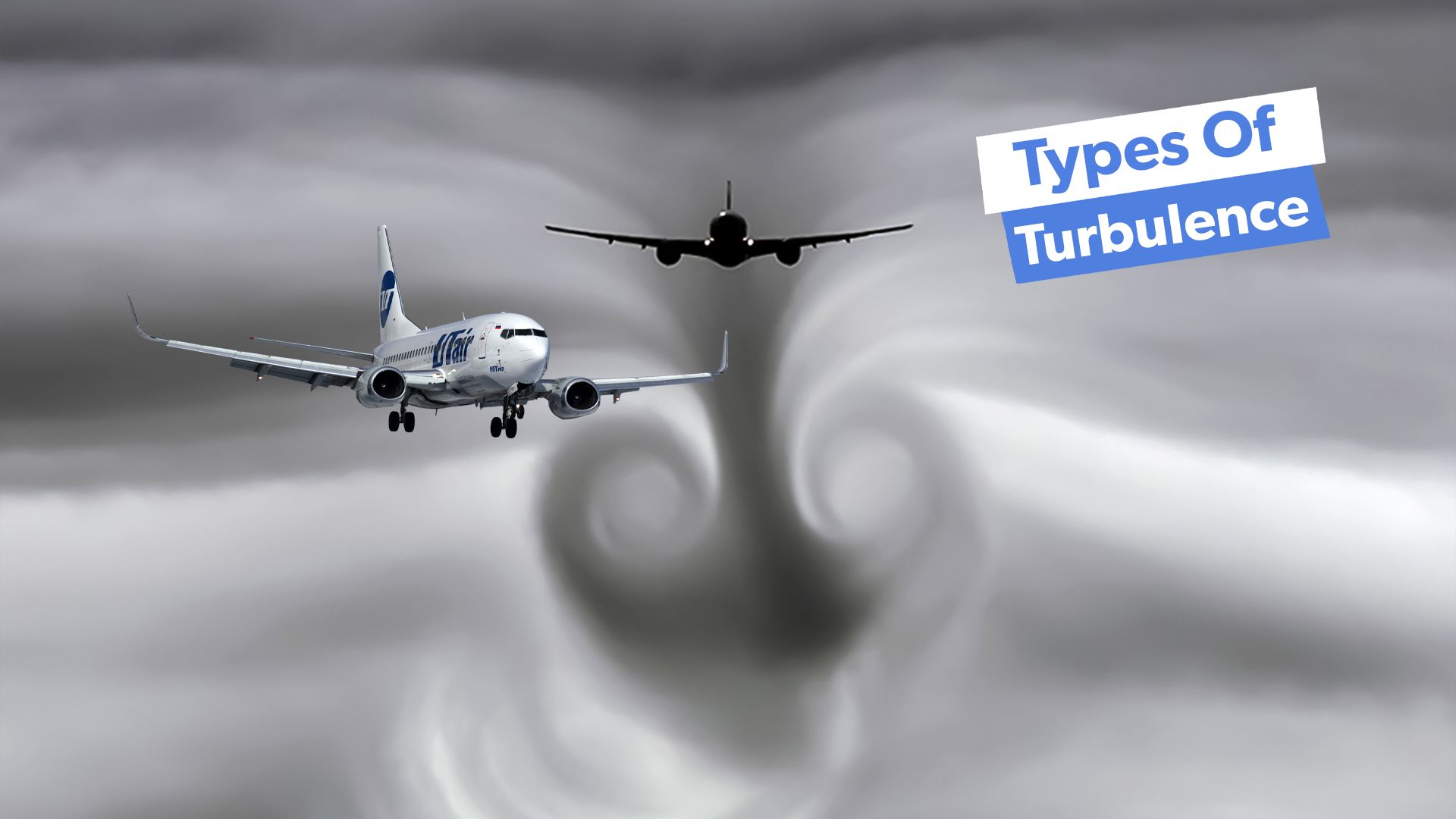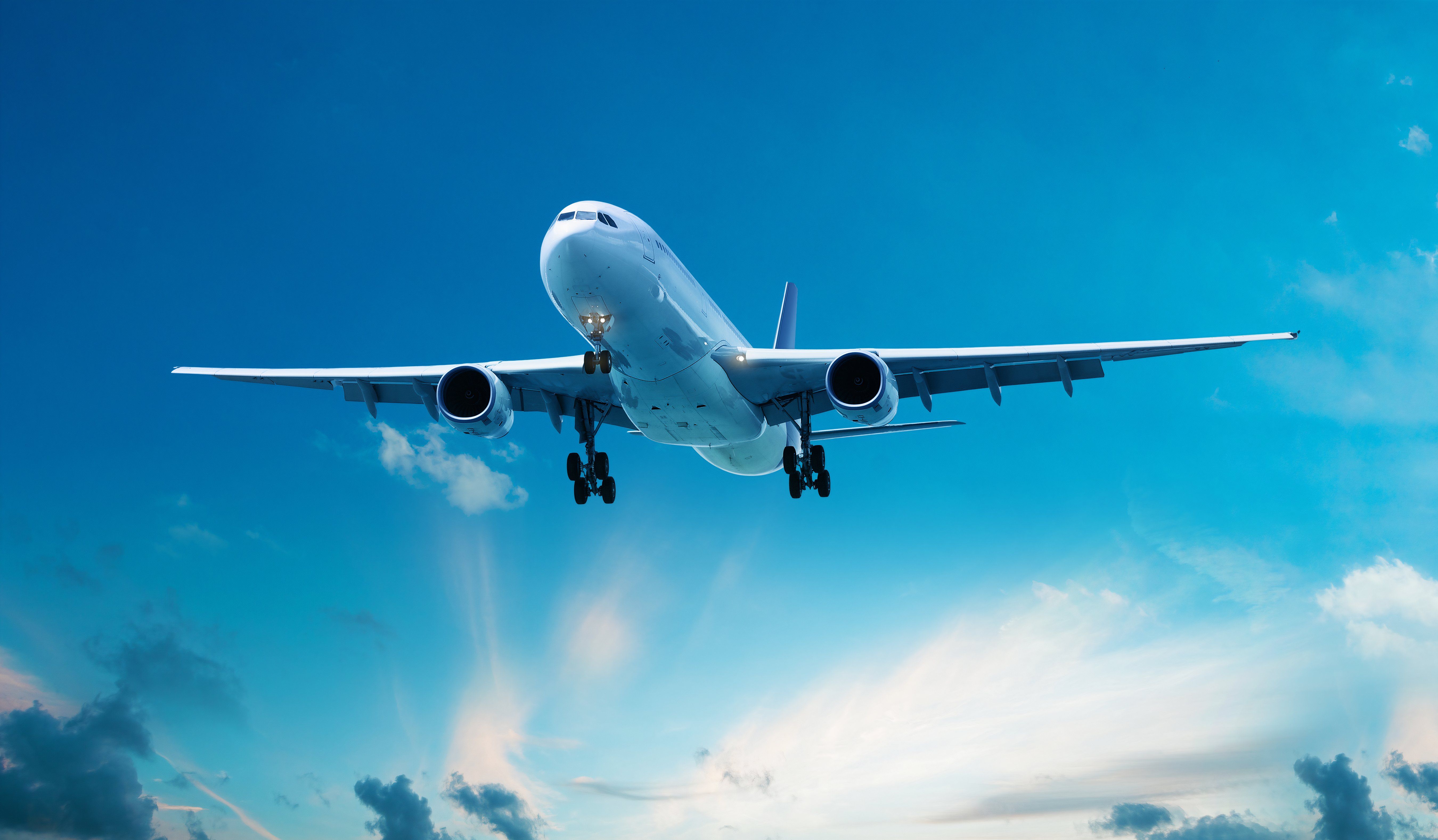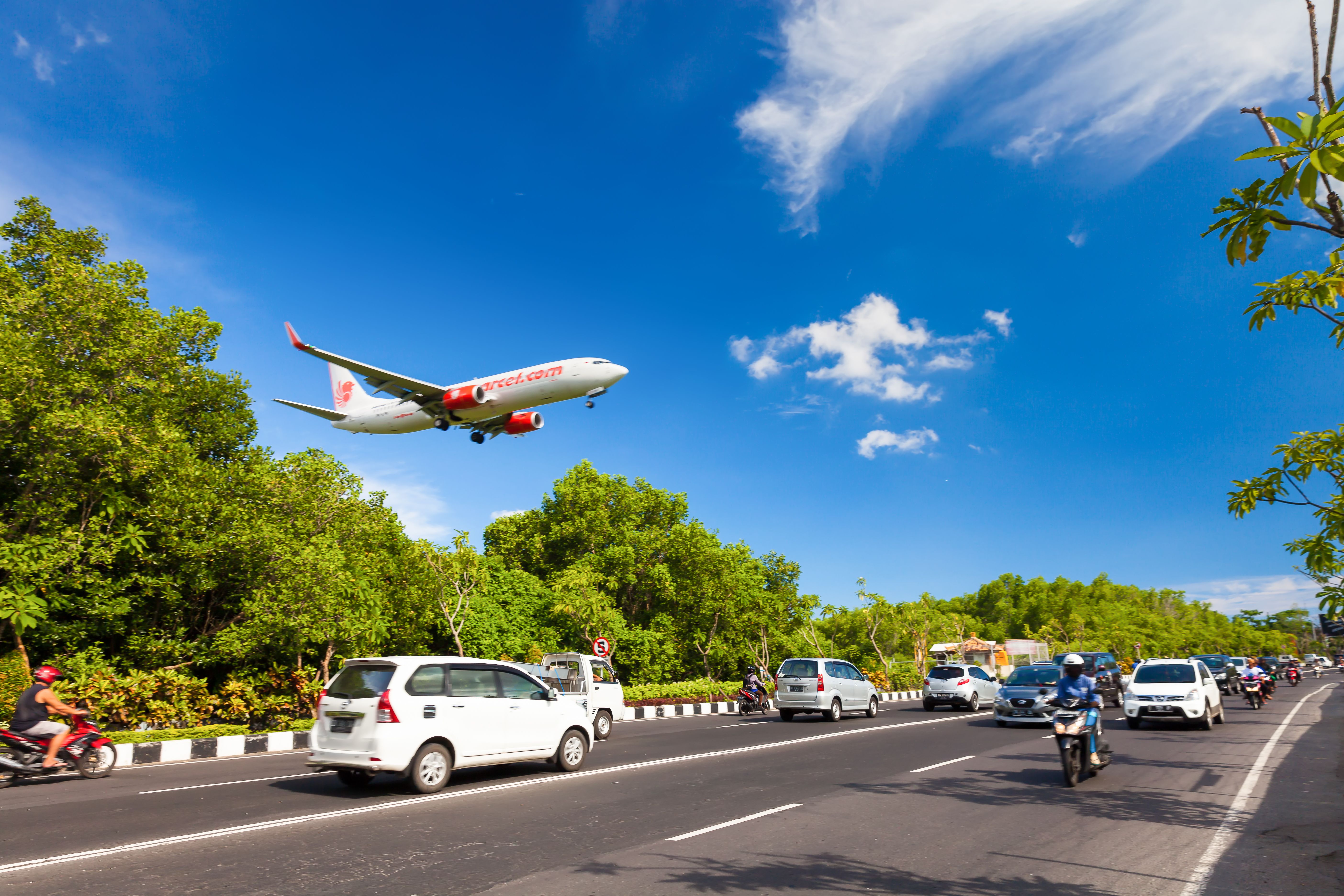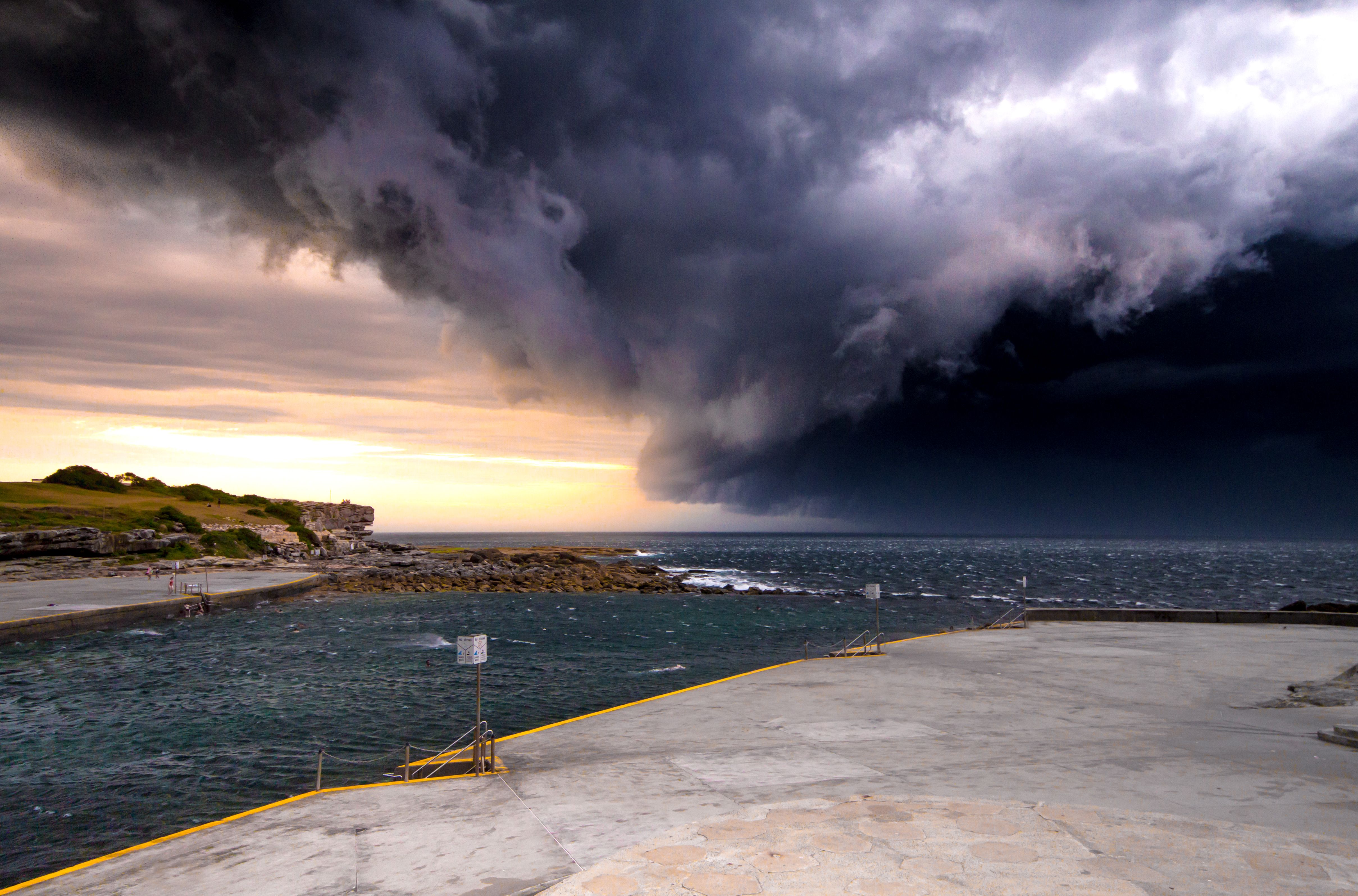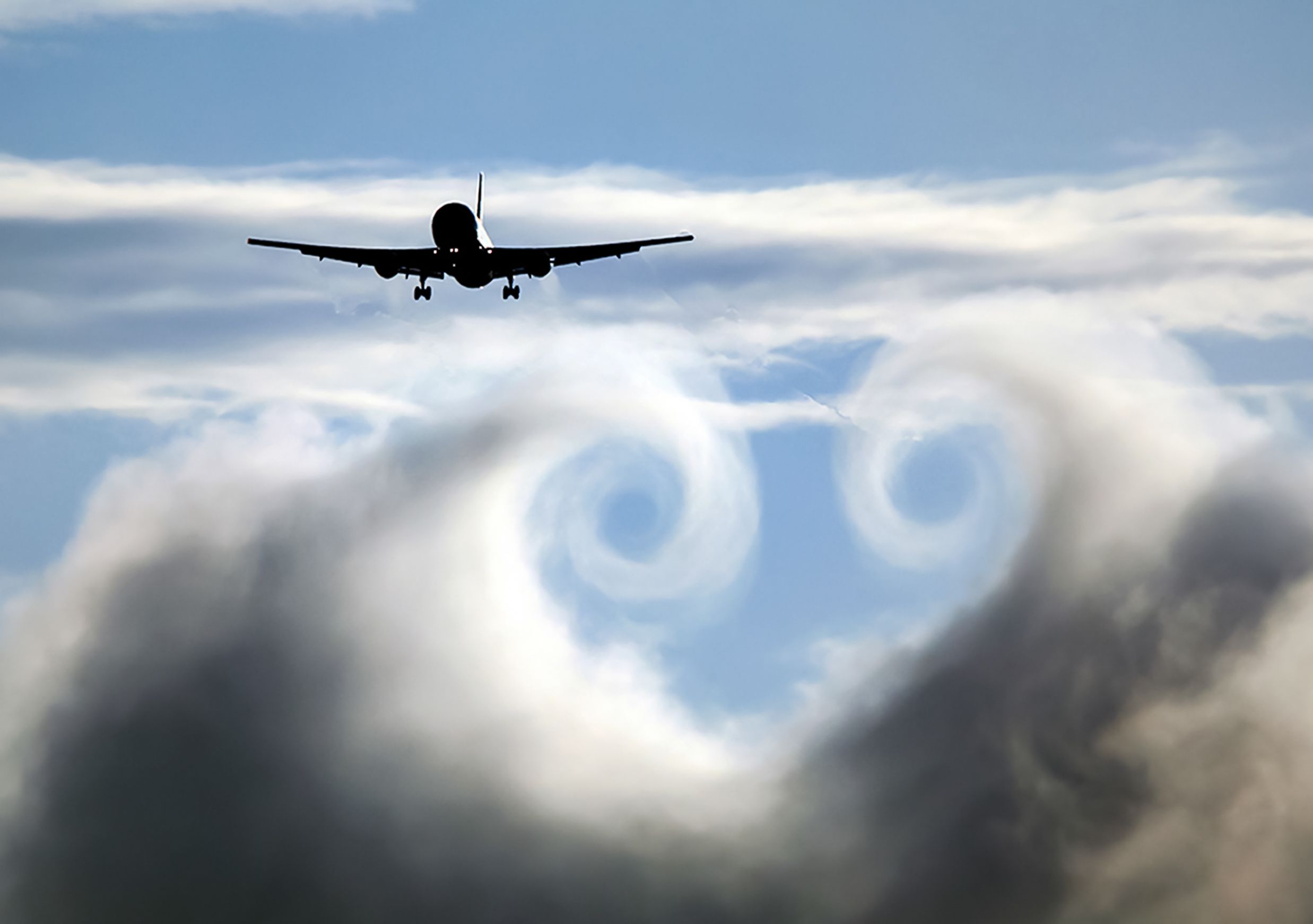Summary
- Clear Air Turbulence (CAT) is invisible at high altitudes, often near jet streams, posing danger with no visual cues.
- Mechanical turbulence results from ground obstacles, with terrain awareness and flight path adjustments key to managing it.
- Convective (Thermal) Turbulence arises from uneven surface heating, requiring monitoring and scheduling to avoid peak activity.
Turbulence is one of the most unpredictable and potentially unsettling aspects of air travel. Whether you’re a seasoned pilot or just an occasional passenger, understanding the different types of turbulence can help you better prepare for and respond to the various challenges you might encounter in the skies. We’ll be exploring five key types of air turbulence that everyone in the aviation world should be aware of.
1
Clear Air Turbulence (CAT)
Clear Air Turbulence (CAT) is a phenomenon that occurs without any visual warning, making it particularly dangerous for both pilots and passengers. Unlike other types of turbulence, CAT typically occurs in cloudless skies, making it invisible to the naked eye and undetectable by standard weather radar systems.
Photo: Preferi | Shutterstock
Characteristics of Clear Air Turbulence:
- Occurs at higher altitudes, typically above 15,000 feet.
- Associated with jet streams, where there are rapid changes in wind speed.
- Invisible and undetectable by conventional weather radar.
Tips for Managing Clear Air Turbulence:
- Change Altitude: Pilots may climb or descend a few thousand feet to escape the turbulent zone.
- Stay Seated: Passengers should remain seated with seatbelts fastened, especially during flight segments known for high CAT risk.
According to Pilot Mall, CAT is most commonly encountered at high altitudes, particularly near jet streams, and can be particularly jarring due to the lack of visual cues.
2
Mechanical Turbulence
Mechanical Turbulence occurs when the natural flow of air is disrupted by obstacles on the ground, such as buildings, mountains, or other large structures.
Photo: Cocos.Bounty | Shutterstock
Causes of Mechanical Turbulence:
- Wind flowing over and around natural terrain, such as mountains.
- Air disturbed by man-made structures like skyscrapers or large hangars near airports.
Tips for Managing Mechanical Turbulence:
- Be Aware of Terrain: Pilots should be aware of the terrain and potential obstacles around airports.
- Adjust Flight Path: Consider adjusting approach paths or altitudes to avoid areas prone to mechanical turbulence.
According to weather.gov, mechanical turbulence is commonly experienced near mountainous terrain or large structures that disrupt airflow, particularly during takeoff and landing.
3
Convective (Thermal) Turbulence
Convective Turbulence, also known as Thermal Turbulence, arises from the vertical movements of air due to uneven heating of the Earth’s surface.
Photo: DreamcatcherDiana | Shutterstock
Conditions Leading to Convective Turbulence:
- Uneven heating of the Earth’s surface, especially on sunny afternoons.
- Formation of cumulus clouds, indicating rising warm air and descending cooler air.
Tips for Managing Convective Turbulence:
- Fly Early or Late: Schedule flights in the early morning or late evening to avoid peak thermal activity.
- Monitor Weather: Watch for cumulus cloud development, which often signals convective turbulence below.
According to Pilot Institute, convective turbulence is most prevalent during the daytime, particularly in warm conditions when the sun heats different surfaces at varying rates.
Wind Shear is a sudden change in wind speed or direction over a short distance, often occurring during takeoff and landing. This weather condition can lead to extreme turbulence and can be particularly dangerous due to its potential to cause abrupt changes in an aircraft’s flight path.
4
Frontal Turbulence
Frontal Turbulence occurs along the boundaries of different air masses, typically at the interface between warm and cold fronts.
Photo: Ste Everington | Shutterstock
Common Causes of Frontal Turbulence:
- Cold fronts where cold air rapidly displaces warm air.
- Areas with developing thunderstorms along the frontal boundary.
Tips for Managing Frontal Turbulence:
- Plan Routes Carefully: Adjust flight routes or altitudes to avoid turbulent frontal zones.
- Stay Informed: Continuously monitor weather updates for frontal activity along the flight path.
According to weather.gov, frontal turbulence is particularly severe along cold fronts due to the rapid uplift of warm air, which can lead to intense turbulence, especially if thunderstorms are present.
5
Wake Turbulence
Wake Turbulence is a specific type of turbulence that occurs behind an aircraft as it passes through the air, creating powerful spiraling air currents known as wingtip vortices.
Photo: hlopex | Shutterstock
Characteristics of Wake Turbulence:
- Most pronounced behind larger, slower aircraft.
- Particularly hazardous during takeoff and landing.
Tips for Managing Wake Turbulence:
- Maintain Safe Distance: Ensure proper separation between aircraft to avoid wake turbulence.
- Avoid Direct Flight Paths: Pilots should avoid the flight paths of larger aircraft by taking off before or landing after the previous aircraft’s rotation point.
According to Pilot Institute, wake turbulence is most dangerous for smaller aircraft following larger ones, particularly during takeoff and landing.
The Consequences of Turbulence
Turbulence can have significant consequences beyond just a bumpy ride. Severe turbulence is known to cause injuries to passengers and crew, damage to the aircraft, and, in extreme cases, can lead to accidents. The NTSB has documented numerous incidents where turbulence was a contributing factor to accidents, particularly in cases involving small general aviation aircraft. These incidents often result from pilot error or failure to recognize and avoid areas of turbulence and can result in:
- Passenger Injuries: Turbulence is the leading cause of in-flight injuries, particularly to passengers who are not seated or have their seatbelts unfastened.
- Aircraft Damage: Severe turbulence can cause structural damage to aircraft, particularly if the aircraft exceeds its maneuvering speed.
- Accidents: In extreme cases, turbulence has led to fatal accidents, particularly in small aircraft where the effects of turbulence are more pronounced.

Related
Sudden Turbulence: Do You Keep Your Seatbelt On Even When The Sign Is Off?
It’s not your imagination. Severe and sudden turbulence events on flights are increasing, with some studies suggesting climate change will increase the likelihood and severity of turbulence in flight over the coming decades.
The Singapore Airlines sudden turbulence event grabbed global headlines this May because of its extent and severity, leading to a passenger death and multiple serious injuries. But it is only one of several instances where passengers and crew have been injured by turbulence this year. Airlines are making changes to adapt to these higher-risk conditions.
Singapore Airlines responded to the incident by changing its onboard service policy and ending any meal service when the seatbelt sign is on. Korean Air recently canceled its instant noodle service in economy class to avoid passengers and crew being burned by hot liquid if the aircraft encounters turbulence unexpectedly. Emirates updated its in-flight safety video suggesting passenger
Wrapping it up
Turbulence is an inevitable part of flying, but understanding the different types and their causes can help pilots and passengers alike to better anticipate and manage these challenges. Whether it’s the invisible threat of Clear Air Turbulence or the ground-induced Mechanical Turbulence, each type requires specific strategies to mitigate its impact on flight safety and comfort. Staying informed and prepared is key to navigating the skies smoothly, even when the air isn’t as calm as we’d like it to be.

